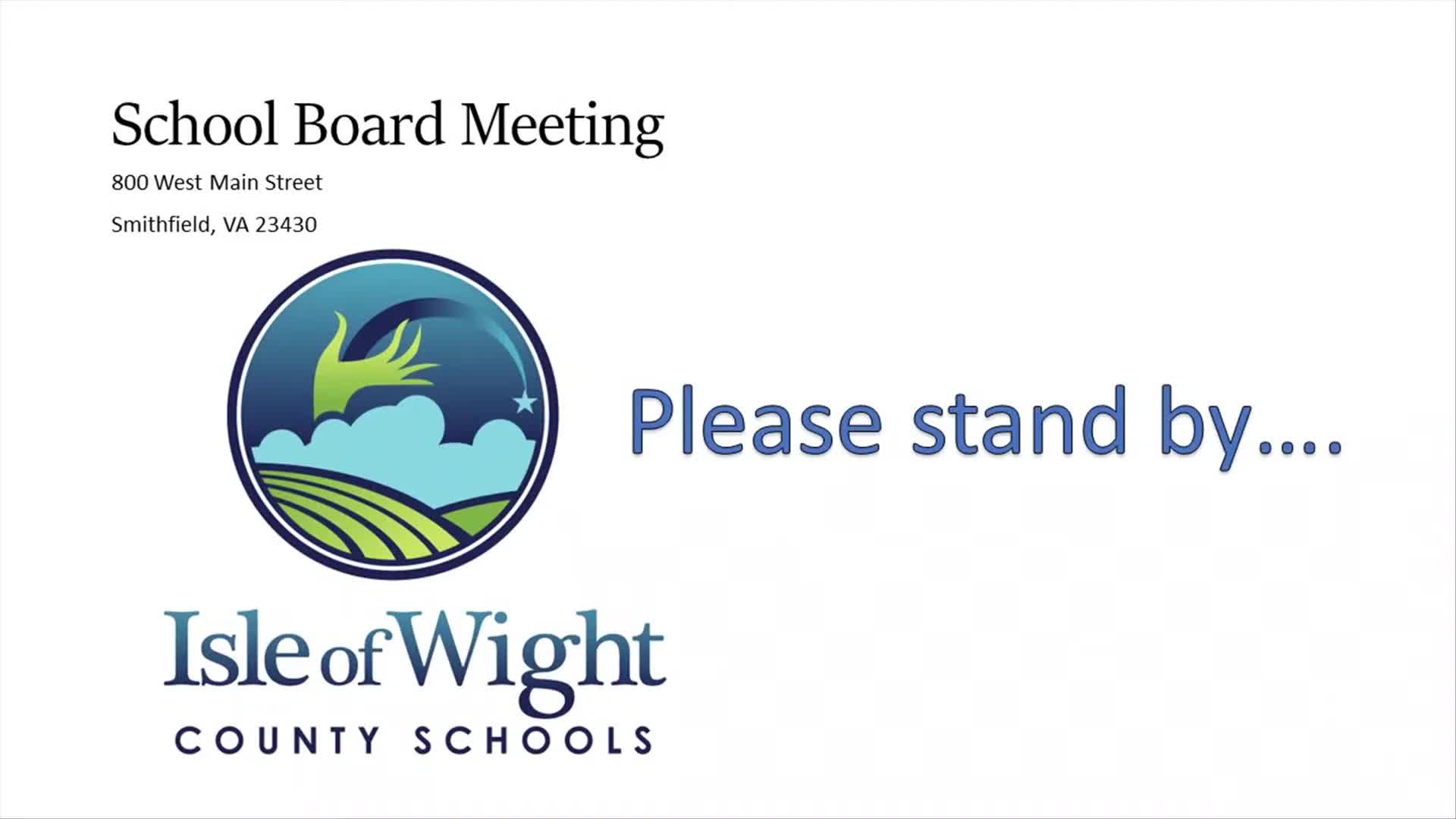District outlines tiered reading and math interventions for elementary students
October 10, 2025 | ISLE OF WIGHT CO PBLC SCHS, School Districts, Virginia
This article was created by AI summarizing key points discussed. AI makes mistakes, so for full details and context, please refer to the video of the full meeting. Please report any errors so we can fix them. Report an error »

District instructional staff reviewed elementary-tiered intervention processes for reading and math and summarized assessment, intervention and progress-monitoring practices the district uses to identify and support students who fall behind benchmark expectations.
Screeners and tiers: Staff said all students receive Tier 1 core instruction; universal screeners (DIBELS or STAR for reading; STAR math and VKRP for kindergarten) identify students at low, moderate or high risk for later reading or math difficulties. Moderate-risk students are placed into Tier 2 small-group interventions; high-risk students receive Tier 3 interventions led by reading or math interventionists.
Programs and supports: For reading, staff listed MyView as the core program, with intervention options such as SIPs (systematic phonics), UFLY, Start Up Build Up Spiral Up and interventions delivered by reading specialists. For math, staff described IWCS math curriculum, ST Math supplemental practice, Zearn (supported via the state’s All In grant) for Tier 2, and Bridges for Tier 3 interventionists.
Data and cadence: Staff reported fall screening results comparable to last year and described a three-times-per-year screening schedule (fall, January, spring) for grades 1–5 (kindergarten screened twice per year). Staff said parents receive reports (for example, STAR family reports and student reading plans for high-risk students) and that parents of students receiving intensive interventions are notified.
Why it matters: The presentation explained how district benchmark and intervention systems work to detect students needing additional support, how instructional teams calibrate practice across buildings, and how the district tracks progress so students can move out of intervention when they improve.
District follow-up: Board members asked for semesterly trend reports on movement between tiers and staff agreed to explore reporting that shows progress for specific cohorts.
Screeners and tiers: Staff said all students receive Tier 1 core instruction; universal screeners (DIBELS or STAR for reading; STAR math and VKRP for kindergarten) identify students at low, moderate or high risk for later reading or math difficulties. Moderate-risk students are placed into Tier 2 small-group interventions; high-risk students receive Tier 3 interventions led by reading or math interventionists.
Programs and supports: For reading, staff listed MyView as the core program, with intervention options such as SIPs (systematic phonics), UFLY, Start Up Build Up Spiral Up and interventions delivered by reading specialists. For math, staff described IWCS math curriculum, ST Math supplemental practice, Zearn (supported via the state’s All In grant) for Tier 2, and Bridges for Tier 3 interventionists.
Data and cadence: Staff reported fall screening results comparable to last year and described a three-times-per-year screening schedule (fall, January, spring) for grades 1–5 (kindergarten screened twice per year). Staff said parents receive reports (for example, STAR family reports and student reading plans for high-risk students) and that parents of students receiving intensive interventions are notified.
Why it matters: The presentation explained how district benchmark and intervention systems work to detect students needing additional support, how instructional teams calibrate practice across buildings, and how the district tracks progress so students can move out of intervention when they improve.
District follow-up: Board members asked for semesterly trend reports on movement between tiers and staff agreed to explore reporting that shows progress for specific cohorts.
Don't Miss a Word: See the Full Meeting!
Go beyond summaries. Unlock every video, transcript, and key insight with a Founder Membership.
✓
Get instant access to full meeting videos
✓
Search and clip any phrase from complete transcripts
✓
Receive AI-powered summaries & custom alerts
✓
Enjoy lifetime, unrestricted access to government data
30-day money-back guarantee

